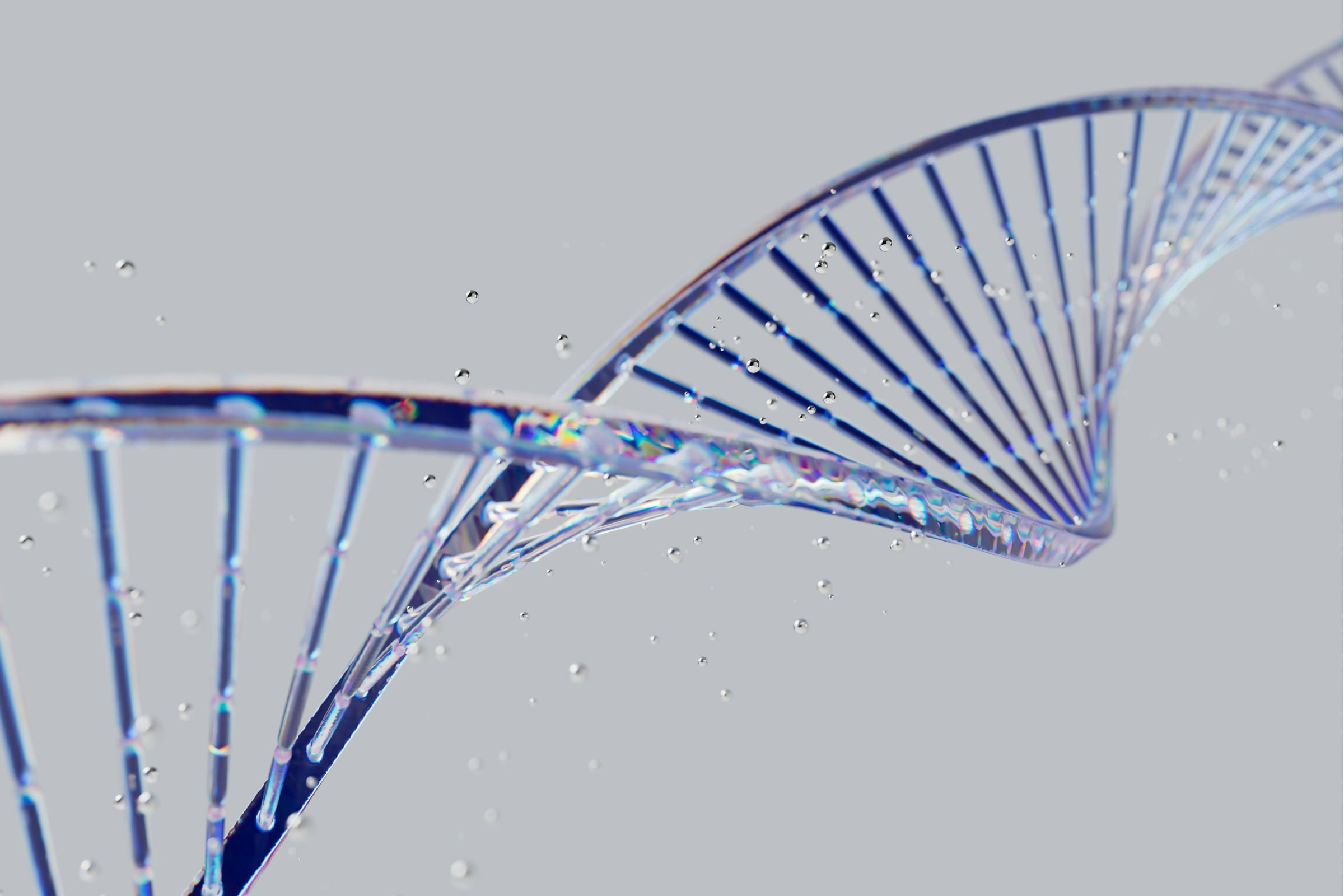
Re-Balancing NAD+ Metabolism Blunts the Impact of Telomere Dysfunction in Human Cells, Mice
A recent study published in The European Molecular Biology Organization Journal, conducted by investigators at the National Institute on Aging (NIA) and the National Cancer Institute (NCI), both divisions of the National Institutes of Health (NIH) has uncovered some important findings related to the relationship between critically short telomere length and telomere dysfunction, the nicotinamide adenine dinucleotide (NAD) metabolome, mitochondrial maintenance, and replicative senescence (a phenomenon where normal cells stop dividing.)
Employing multiple experiments, the research team set out to measure NAD+ levels in skin cells from dyskeratosis congenita (DC) patients, and identify which cellular mechanisms were the greatest contributors to NAD+ dysregulation. DC is a rare disease of premature aging which occurs due to a deficiency of telomere maintenance proteins [1]. Without normal telomere function, DC presents with early-onset, life-threatening symptoms of aging in the skin, bone marrow, lungs, heart and brain.
Results reveal NAD+ dysregulation plays a direct, underlying role in the pathophysiology of human telomere-driven diseases characterized by short telomeres. The data also demonstrated that treatment of DC cells with the NAD+ precursor nicotinamide riboside (NR) helped blunt telomere dysfunction.
Tel(o) Me (Mo)re
Telomeres are critical protective caps found at the end of chromosomes intended to protect the chromosomes from fraying or degrading. Telomeres are known to degrade and shorten with age, they can become excessively damaged in certain genetic conditions, as well as from lifestyle factors such as smoking, poor diet, and chronic stress.
Telomere attrition, or shortening, is a hallmark of molecular aging that is observed in both humans and mice and is commonly linked to various age-related declines and diseases [2]. Shortening of telomeres has been found to be associated with heart disease, DNA damage and uncontrolled cell replication, which can lead to cancer.
The extension or lengthening of telomeres is primarily due to telomerase, a DNA enzyme that adds repeat sequences of DNA to telomeres, providing chromosomes stability and reversing telomere shortening.
Study Design - The Long and Short of It
This study examined primary skin fibroblasts isolated from DC patients who had inherited mutations in key telomere maintenance genes, as well as “telomere-depleted” mice with an inactivated telomerase gene to investigate the potential relationship between the NAD+ metabolome and critically short telomeres and telomere dysfunction.
After examining the NAD metabolome in the DC cells, scientists then treated the cells with NR. NR works by raising levels of NAD+, an important regulator that is known to naturally decline with age.
Capping It Off With a Scientific High Note
Results demonstrated that cells from DC patients, as well as telomerase knockout mouse tissues with critically short telomeres have low levels of NAD+. After 72 hours of NR supplementation, they found significant increases in NAD+ levels and in the NAD/NADH ratio in DC cells, suggesting improvements in ATP production.
After two weeks of treatment, researchers found increased PGC1-α expression, a positive regulator of mitochondrial biogenesis and respiration as well as many other metabolic processes, and decreased cellular and mitochondrial reactive oxygen species (ROS) levels.
NR treatment also was found to reduce mitochondrial damage while increasing mitophagy (removal of damaged mitochondria,) extend the proliferative capacity of DC cells, and reduce telomere DNA damage and important inflammatory markers.
The results of this study reinforce and build upon findings from a previous preclinical study that demonstrated telomere dysfunction is linked to declines in NAD+ and supplementation with NMN maintained telomere integrity [3]. This study, however, is the first to investigate the effects of NR on telomeres.
Overall, these results suggest the NAD metabolome and its associated cellular pathways have a critical role in telomere biology disorders. These promising findings suggest that NAD+ status may play a key role in maintaining healthy telomere function; however, additional research is needed.